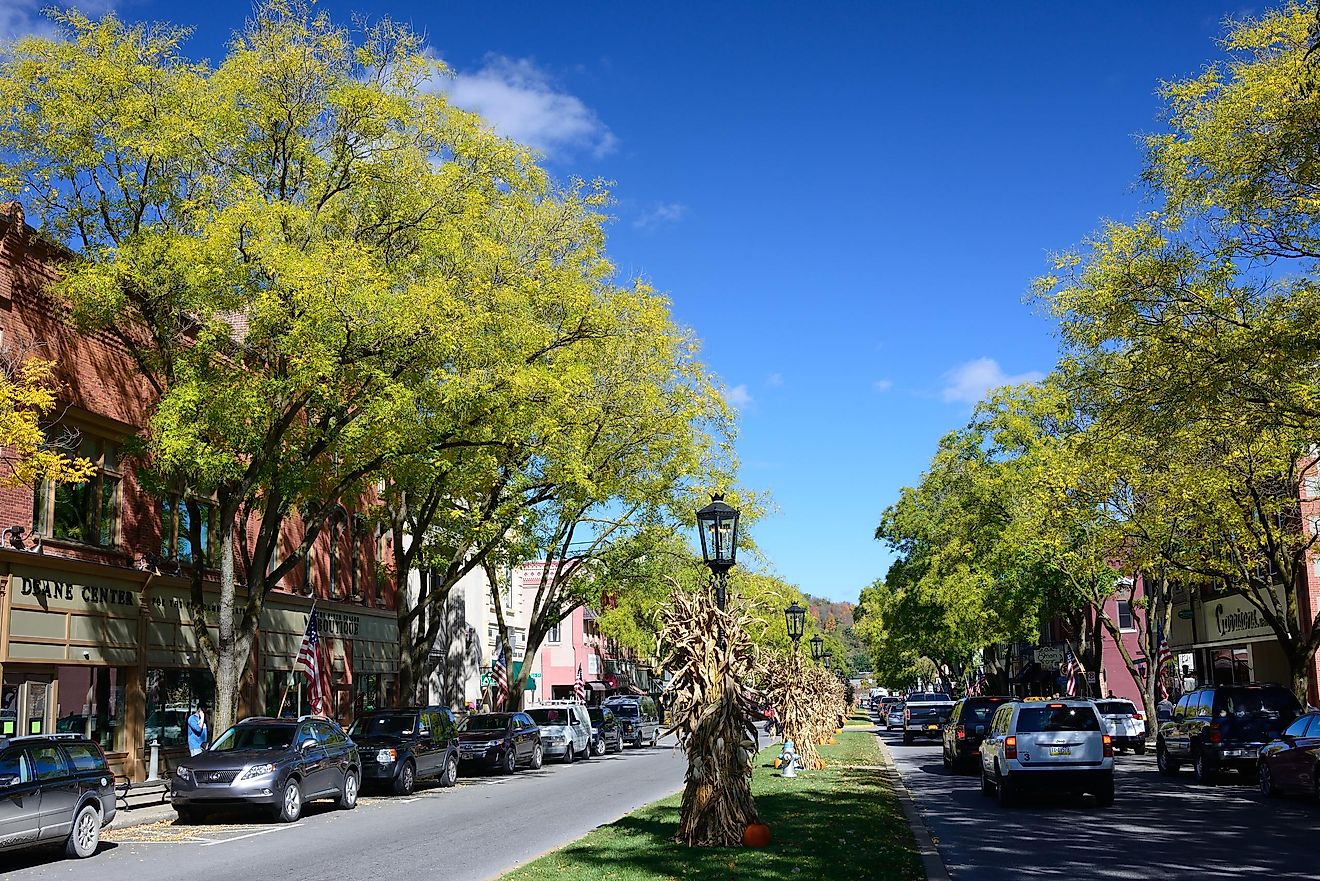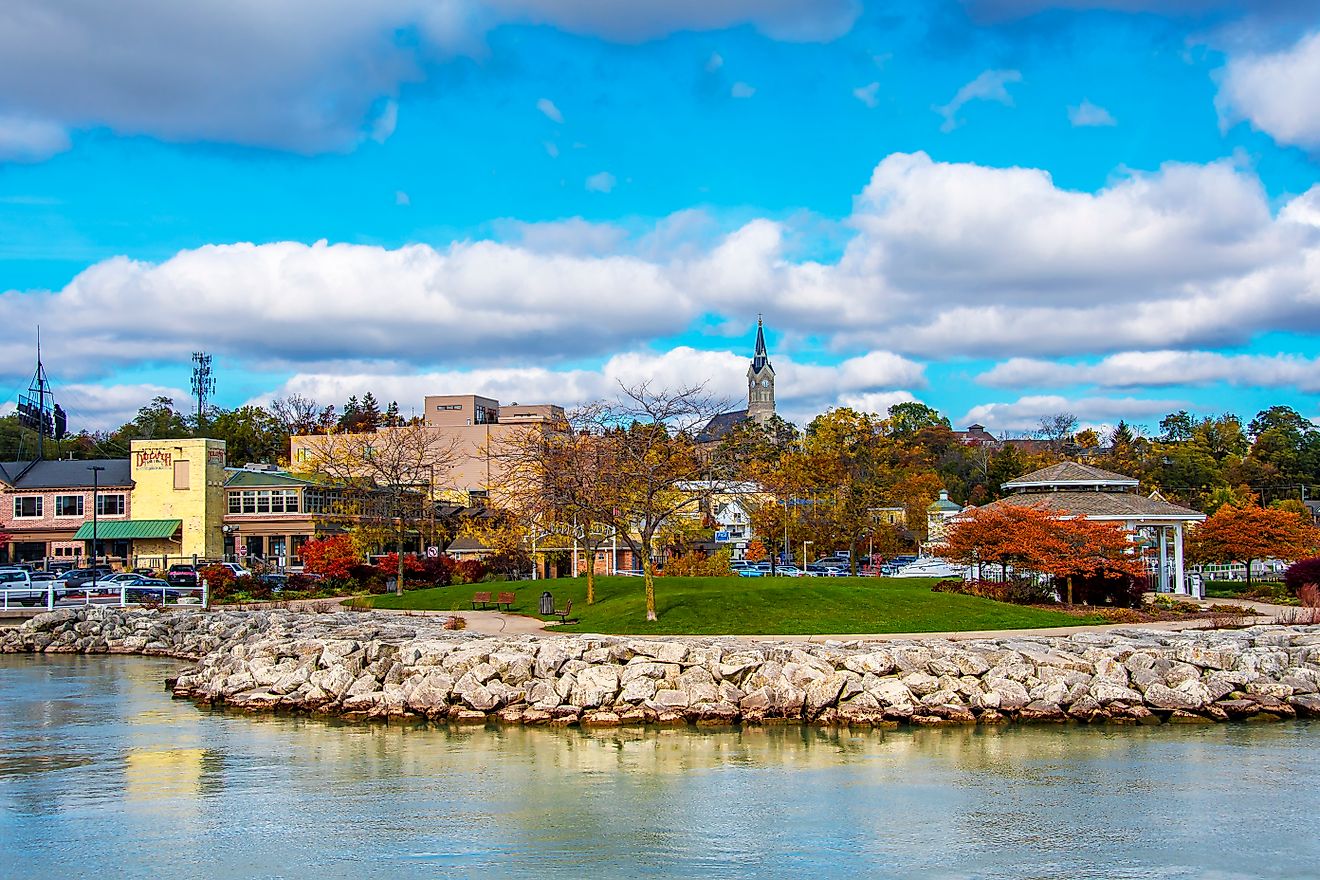
8 Ancient Ruins To Explore in the US
There are many ancient ruins across the United States, from well-known locations like the archeological site of Mesa Verde in Colorado to lesser-known sites like Angel Mounds State Historic Site in Indiana. These eight ancient ruins are open for exploration in the US and provide the opportunity to learn about long-lost civilizations.
Mesa Verde National Park, Colorado

Mesa Verde National Park, located in Colorado, is a fascinating archaeological site that contains some of the oldest and best-preserved Anasazi settlements in the US. Here you can explore huge cliff dwellings built by Ancestral Puebloans about 14,000 years ago. The park contains over 4,700 archaeological excavation sites, comprising 600 cliff dwellings and the mesa top sites of pueblos, masonry towers, pithouses, and farming buildings.
Chaco Canyon, New Mexico

Chaco Canyon was an incredible place in the ancient world. This breathtaking desert landscape was home to the thriving Puebloan culture more than 1,000 years ago. Chaco Canyon was an oasis amid the arid highlands. Despite its unforgiving location, it was also a major cultural center. People came together from all corners of the surrounding region to share ideas and build amazing structures that still stand today as a testament to their ingenuity and craftsmanship.
Aztec Ruins National Monument, New Mexico

Aztec Ruins National Monument is an enthralling place to explore the history and culture of the ancient Pueblo people. Set in a beautiful, rugged landscape, this national monument has some well-preserved remnants of original masonry buildings that stand three stories tall! And even better, many of the buildings still have their original 900-year-old wood roofs intact. Aztec Ruins National Monument is definitely worth a visit to learn more about ancestral Pueblo architecture and culture.
Cahokia Mounds, Illinois

Cahokia Mounds State Historic Site provides a captivating glimpse into the history of North America. Located just a few miles west of Collinsville, Illinois, this 2,200-acre tract preserves the archaeological remains of an ancient civilization. In the Mississippian period, Cahokia Mounds State Historic Site was home to a bustling complex chiefdom society. In 1250 CE, this sprawling urban center was larger than London, covering nearly 4,000 acres and boasting 120 mounds. The community of 10,000 to 20,000 people gathered, farmed, harvested crops, worked together to manufacture goods, and traded with their neighbors.
Poverty Point National Monument, Los Angeles

There has long been a fascination with building earthen mounds. From Stonehenge in England to the Great Pyramids in Egypt, people from around the world have been building monuments for thousands of years.
One particularly stunning example is right here in North America. Built 3,400 years ago, Poverty Point boasts some impressive earthen monuments, including an enormous 72-foot-tall mound and a vast network of concentric half-circles. In fact, the site contains nearly two million cubic yards of soil, making it one of the largest earthen monuments ever built.
For more than 2,200 years, Poverty Point was a dominating presence in North America. Despite its impressive stature and long history, this remarkable site is not well known.
Fort Ancient Earthworks and Nature Preserve, Ohio

Located on a wooded bluff above the Little Miami River, this 2,000-year-old earthworks enclosure features over three miles of earthen walls, constructed over a 400-year period. Explore the crescent-shaped gateways, intriguing mounds, stone pavements, and relics of an ancient woodhenge that line up with both the summer and winter solstices. There are also scenic overlooks and plenty of opportunities to stretch your legs on one of their beautiful hiking trails.
Angel Mounds State Historic Site, Indiana

Angel Mounds State Historic Site, located in Evansville Indiana, is one of the best-preserved pre-colonial Native American archaeological sites in North America. The remains of numerous mounds rise up high above the flat surrounding terrain. This Mississippian settlement, inhabited from around 1000 to 1450 CE, served as an influential political, religious, and commerce center for citizens in the area. The original town covered an area of 103 acres and was home to over 1,000 people. Angel Mounds State Historic Site has much to offer visitors, including a 500-acre non-archaeological section of the site that includes a hiking and biking nature preserve and an 18-hole golf course.
Serpent Mound, Ohio

Built by one (or perhaps several) ancient native American cultures that lived in Ohio thousands of years ago, this massive feat of construction has stumped archaeologists for centuries. Two of these cultures were the Adena culture (800 BC – 100CE), which were responsible for two nearby burial mounds, and the Fort Ancient culture (1000 – 1650 CE), which built the third mound nearby.
The reason why these ancient people created this site is still a mystery, but one thing is certain—the Serpent Mound is an impressive and enigmatic piece of Ohio history that is worth visiting. Be sure to stop by this mysterious American Indian landmark!
In Summary
Are you an explorer at heart? These ancient ruins are waiting for you to explore, and they are all located in the US. So put on your explorer's hat and get ready to learn about some of America's oldest history. Who knows, you may even find a hidden gem that no one else knows about!











